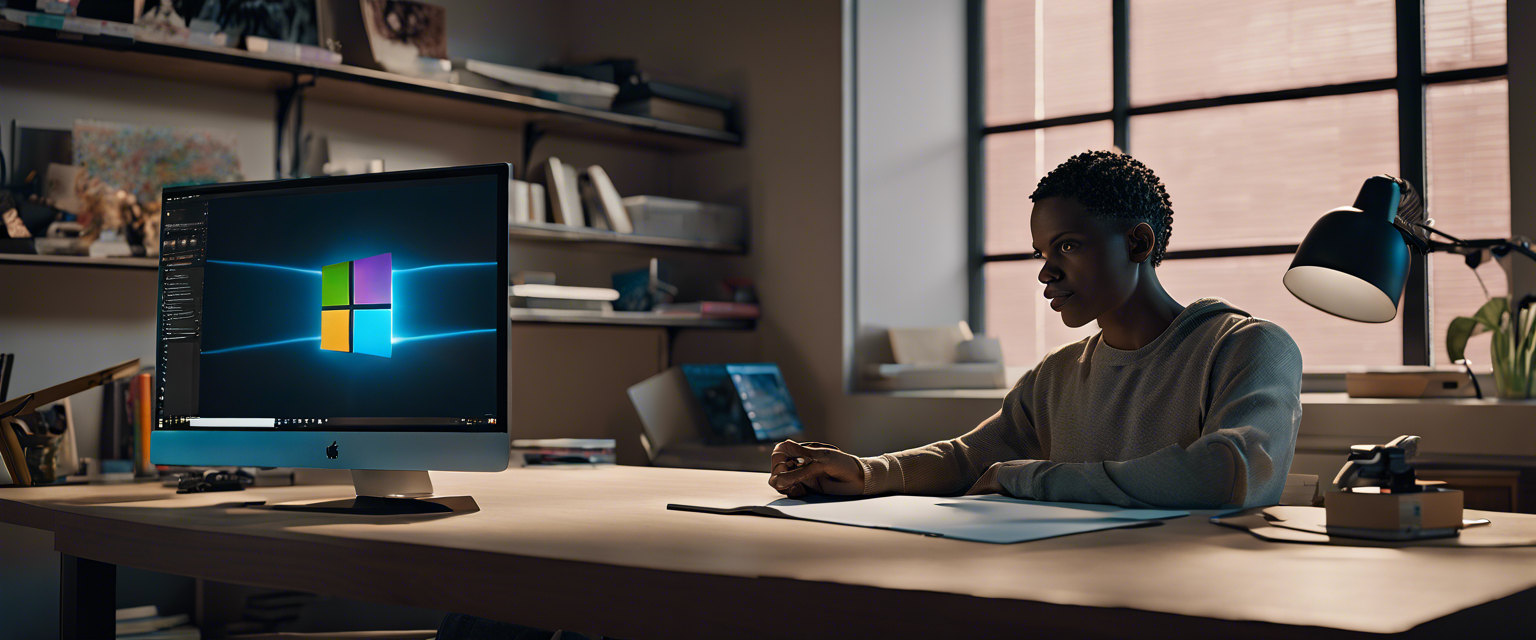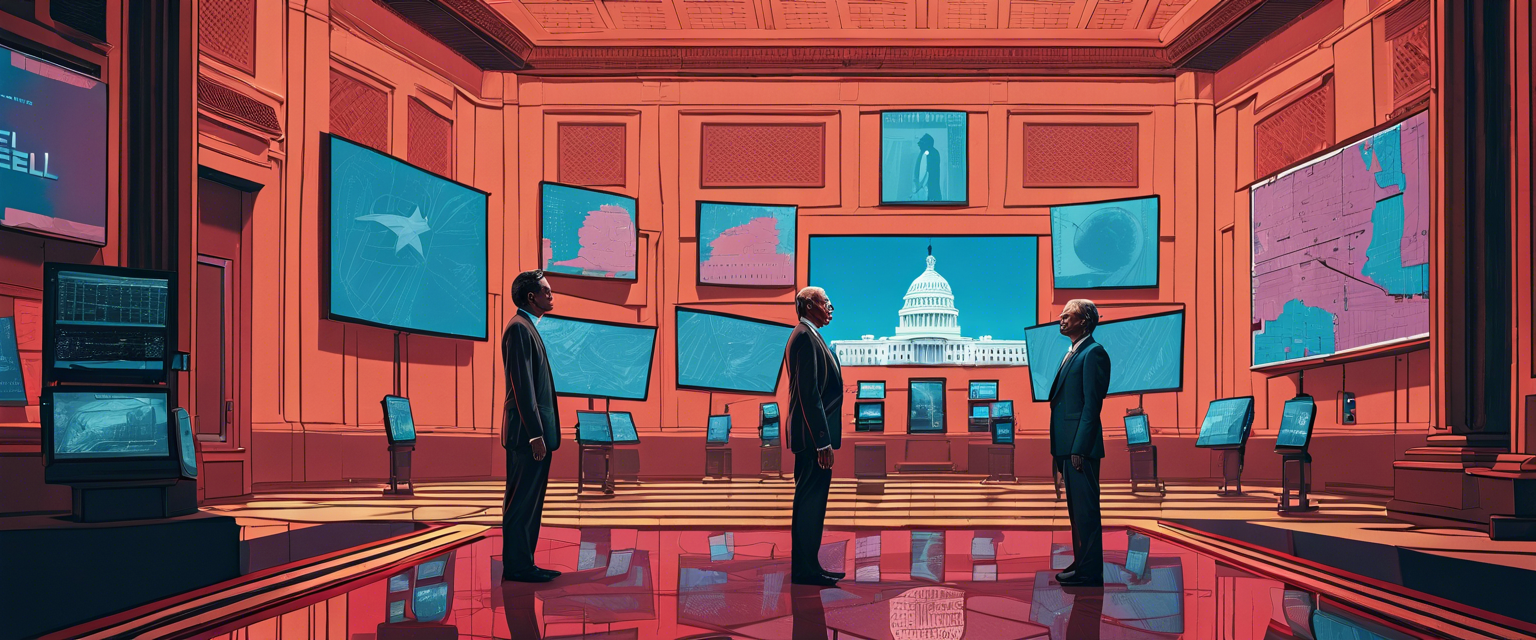Introduction to The Browser Company's New Endeavor
Stop me if this sounds familiar: The Browser Company has set out on an ambitious quest to transform your internet experience with an innovative browser. After years of development, CEO Josh Miller reveals that the company is not only refining its current product, Arc, but is also embarking on the creation of an entirely new browser. This initiative presents a potential revolution in digital navigation that could make using the internet more organized, efficient, and enjoyable.
What Led to the Creation of a New Browser?
Over the past few years, Arc has seen exponential growth—user numbers quadrupled just this year. However, despite its rapid success, Miller acknowledges its limitations. "Arc was never going to be a truly mainstream product," he explained. Its complexity and unique design may appeal to power users, but they make it challenging for the average person to adopt. While loyal users appreciate the innovative features, the feedback indicates that many users are looking for stability and speed over novelty.
The Dilemma: Innovate or Consolidate?
The Browser Company faced the classic entrepreneurial challenge: how to evolve a well-received product without alienating its core users. Instead of forcing new developments on Arc, Miller and his team chose to pivot and create a new browser from the ground up. This decision underscores the understanding that true innovation often means starting fresh.
The Future: An AI-Centric Browser
Miller envisions the new browser as a significant leap forward—not just in design, but in functionality. The goal is to create a browser that acts proactively, utilizing AI to streamline tasks and improve user experience. This new browser aims to be the iPhone of web browsers, transforming how users interact with digital content.
What Will the New Browser Offer?
While specific features are still under wraps, Miller hints at a design that minimizes switching costs for new users. Key highlights of the anticipated browser include:
- Horizontal tabs for ease of navigation.
- Fewer organizational constraints, allowing for a more intuitive user experience.
- An initial focus on effortless transitioning for new users, with a promise to gradually unveil the browser's capabilities.
Real-World Use Cases
Miller provides practical examples of how the browser could revolutionize daily tasks. For instance:
- A teacher who currently spends hours managing data between different applications could see a streamlined process.
- A Shopify seller who repeatedly searches for order numbers could automate these tasks, significantly increasing efficiency.
The Path Ahead for The Browser Company
As The Browser Company moves forward, they will focus on building a browser that is both accessible to general users and fundamentally innovative. The lessons learned from Arc will inform their strategies and designs, paving the way for a new wave of digital navigation tools.
Conclusion
Miller’s optimism about the future of web browsing is infectious. With a new browser on the horizon, The Browser Company's ambition of reshaping how we interact with the internet moves closer to reality. By embracing AI technology and user-centered design, they are aiming to create a product that not only meets the needs of today's users but also anticipates the challenges of tomorrow.



コメントを書く
全てのコメントは、掲載前にモデレートされます
このサイトはhCaptchaによって保護されており、hCaptchaプライバシーポリシーおよび利用規約が適用されます。